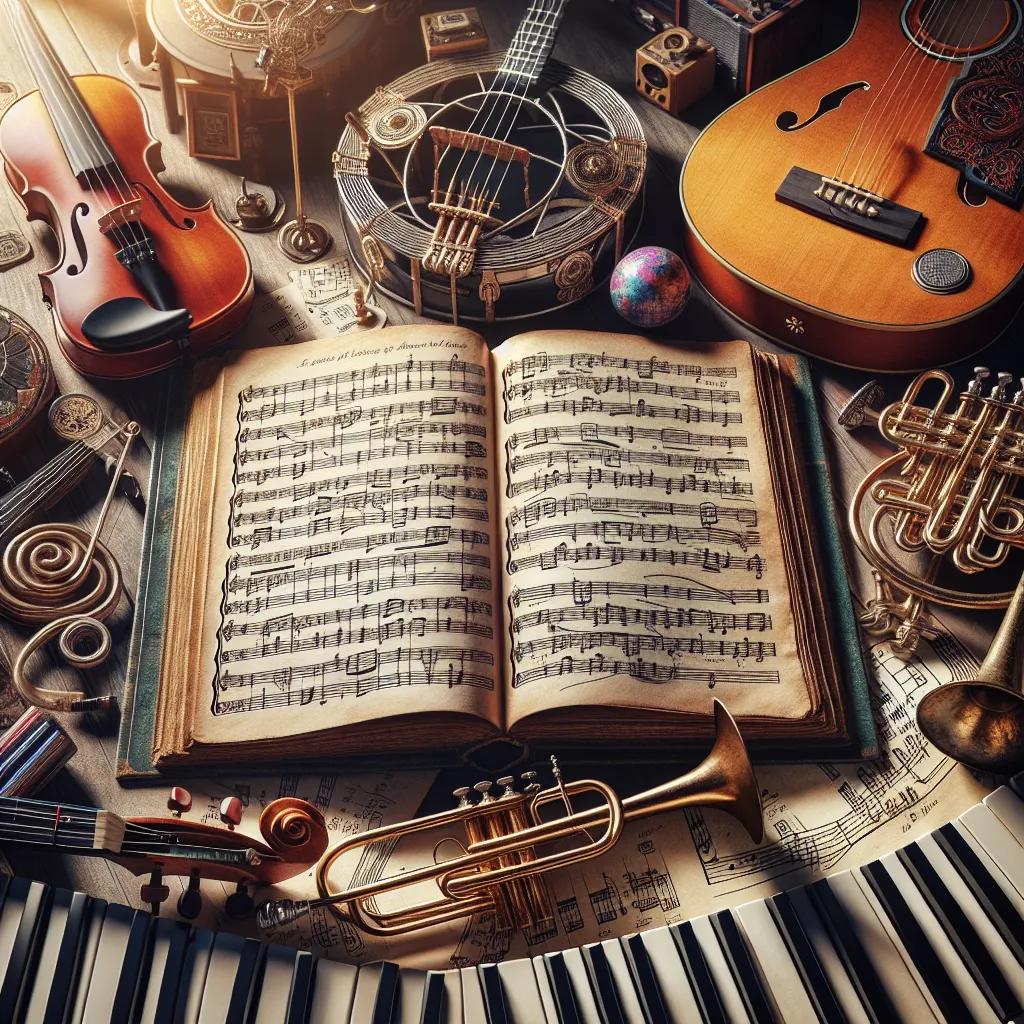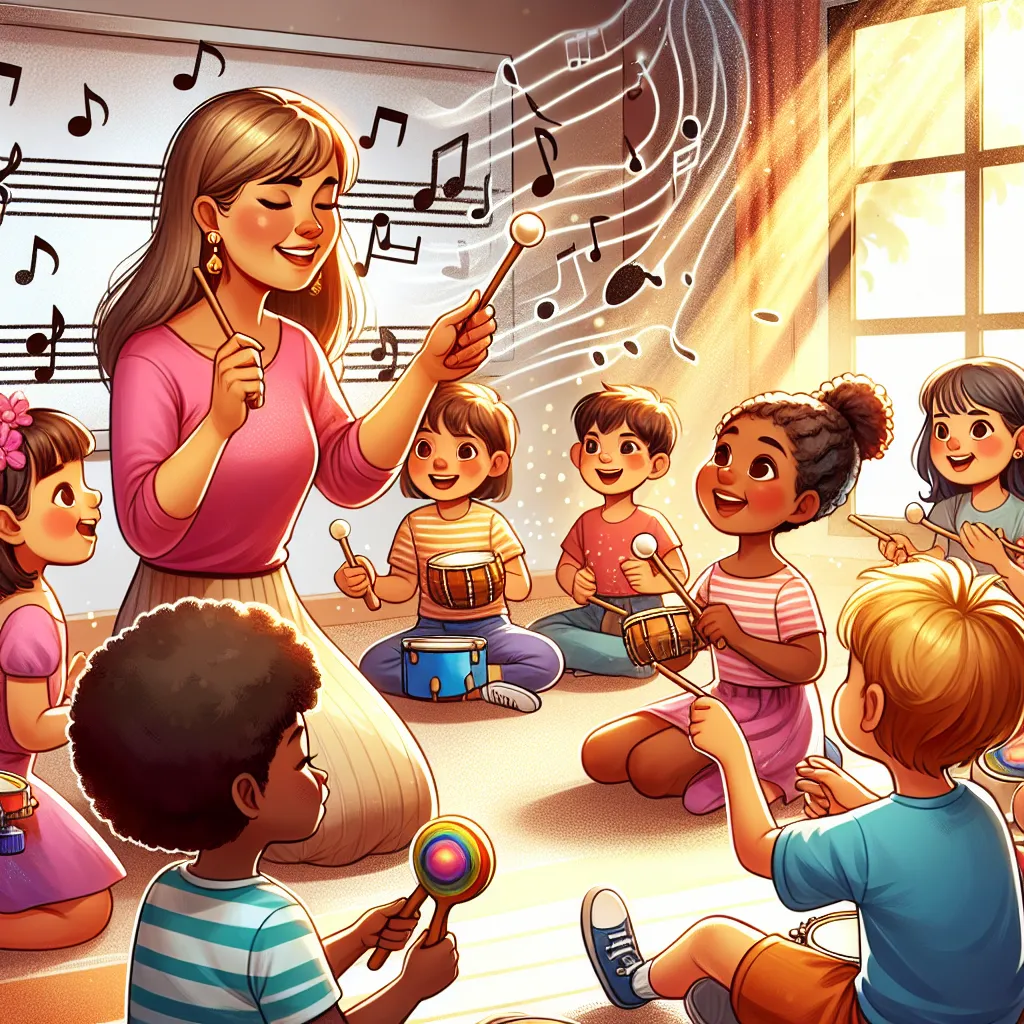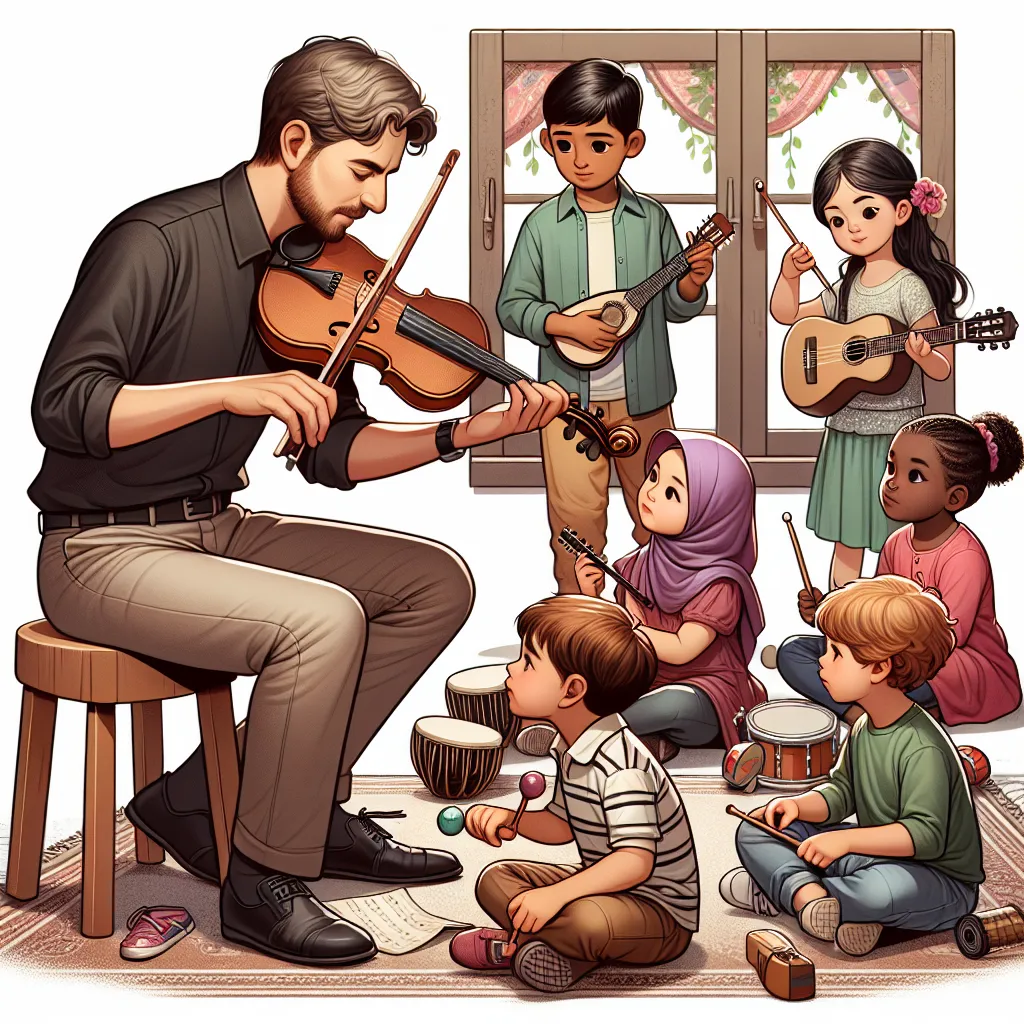Ask AI on The Internet
Question: QUESTION 1 [20] 1.1. List three benefits of music in early childhood development contexts. (3) 1.2 For each musical concept below, design a simple activity to support Grade R learners’ understanding of the concept. (9) • Beat • Dynamics • Pitch 1.3 Should dance movements be choreographed or unchoreographed in Grade R? Provide two reasons to support your answer. (4) 1.4 Recommend four open-ended questions that teachers can ask learners after a drama lesson to support language development through reflection. (4) QUESTION 2 [20] 2.1 Explain the five key components that should be present in a good music lesson plan. (10) 2.2 Plan a lesson to teach an action song in Grade R learners. You can choose any theme. Use the template provided on page 145 of the study guide. (10) QUESTION 3 [20] 3.1 Create a mind map showing the six principles of teaching music in Grade R. (12) 3.2 Recommend five music teaching resources that every Grade R teacher should have in his or her class. (5) 3.3 Explain how music contributes to the cognitive development of Grade R learners. (3)
### QUESTION 1 #### 1.1. List three benefits of music in early childhood development contexts. (3) 1. **Cognitive Development**: Music can enhance memory, attention, and thinking skills. Rhythms and melodies help children recognize patterns, which is fundamental to cognitive growth. 2. **Social Skills**: Participating in musical activities often involves group interaction, which helps children develop teamwork, social interaction, and cooperation skills. 3. **Language Development**: Exposure to music aids in language acquisition by enhancing listening skills and expanding vocabulary through lyrical content. #### 1.2. Simple Activities to Support Grade R Learners’ Understanding of Musical Concepts (9) - **Beat**: Have the children form a circle and march in place to a steady drumbeat. Encourage them to clap their hands or tap their knees in sync with the beat. - **Dynamics**: Play a song that highlights varying volumes (e.g., “Twinkle, Twinkle Little Star”), and have the children use scarves to mimic the dynamics by waving them softly during quiet parts and energetically during loud parts. - **Pitch**: Use a set of colored bells or xylophone. Ask the children to tap high and low notes and identify whether the sounds are high pitch or low pitch. Follow this by singing “High and Low” using different pitches. #### 1.3. Should dance movements be choreographed or unchoreographed in Grade R? Provide two reasons to support your answer. (4) Dance movements in Grade R should be **unchoreographed** because: 1. **Creativity and Expression**: Allowing unchoreographed movements lets children express themselves freely and engage creatively with music and their environment. 2. **Developmentally Appropriate**: At this age, children are still developing their motor skills. Unchoreographed dance accommodates various skill levels and abilities, allowing each child to participate at their comfort level. #### 1.4. Four Open-Ended Questions to Support Language Development After a Drama Lesson (4) 1. "Can you tell me about the character you played?" 2. "What was your favorite part of the story we acted out, and why?" 3. "How did you feel when we pretended to be [specific character or scene]?" 4. "What would you change about the story or your character if we perform it again?" ### QUESTION 2 #### 2.1 Explain the five key components that should be present in a good music lesson plan. (10) 1. **Objective**: Clear statement of what the learners are expected to achieve by the end of the lesson. 2. **Materials**: Detailed list of resources and materials needed for the lesson. 3. **Activity Sequence**: Step-by-step outline of activities, including introduction, main activities, and closing. 4. **Assessment**: Methods for evaluating whether learning objectives have been met (e.g., observation, participation). 5. **Reflection**: Opportunities for both teacher and students to reflect on what was learned, including feedback and improvements for future lessons. #### 2.2 Plan a Lesson to Teach an Action Song in Grade R (10) **Theme**: Animals - **Objective**: Learners will be able to sing and perform actions for the song "Old MacDonald Had a Farm." - **Materials**: - Lyrics to "Old MacDonald Had a Farm" - Pictures of farm animals - Music player for the song - **Introduction**: - Greet students and introduce the theme. - Brief discussion about farm animals, asking children to name their favorite farm animals. - **Activity Sequence**: 1. Teach the song "Old MacDonald Had a Farm" line by line, ensuring the children repeat after you. 2. Show pictures of each animal as they are mentioned in the song. 3. Assign actions to each animal sound (e.g., clapping hands for "moo"). 4. Practice the song with actions together. - **Assessment**: - Observe participation and ability to follow the lyrics and actions. - Ask individual learners to perform parts of the song with actions. - **Reflection**: - Ask the children what animal they enjoyed singing about the most. - Discuss what sounds and movements were the most fun. ### QUESTION 3 #### 3.1 Create a Mind Map Showing the Six Principles of Teaching Music in Grade R (12) Since I'm unable to draw here, I'll provide a textual description for the mind map structure: **Central Node**: Principles of Teaching Music in Grade R 1. **Engagement**: - Fun and interactive - Hands-on activities 2. **Developmental Appropriateness**: - Age-appropriate content - Simple and clear instructions 3. **Creativity**: - Encouraging improvisation - Free expression through movement and sound 4. **Inclusivity**: - Catering to diverse backgrounds - Accommodating different learning styles 5. **Integration**: - Connecting music with other subjects (e.g., math, language) - Real-life connections 6. **Assessment and Feedback**: - Consistent observation - Constructive feedback #### 3.2 Recommend Five Music Teaching Resources That Every Grade R Teacher Should Have (5) 1. **Musical Instruments**: Simple percussion instruments like tambourines, maracas, drums, and bells. 2. **Audio Equipment**: A reliable music player with speakers to play songs. 3. **Songbooks**: Collections of age-appropriate songs and nursery rhymes. 4. **Props**: Scarves, puppets, or animal masks to bring songs to life. 5. **Visual Aids**: Flashcards and posters depicting musical concepts and instruments. #### 3.3 Explain How Music Contributes to the Cognitive Development of Grade R Learners (3) Music contributes to cognitive development by enhancing memory retention through the repetitive nature of rhythms and melodies. It also promotes pattern recognition and sequencing skills, fundamental for mathematical understanding. Additionally, music fosters auditory discrimination and attention skills, vital for language development and overall learning.
Think your answer is better than the AI's? Post it below.
Other Most Relevant Posts:
Question Tags
If you want your question answered by an AI, click here.







Post your own comment: